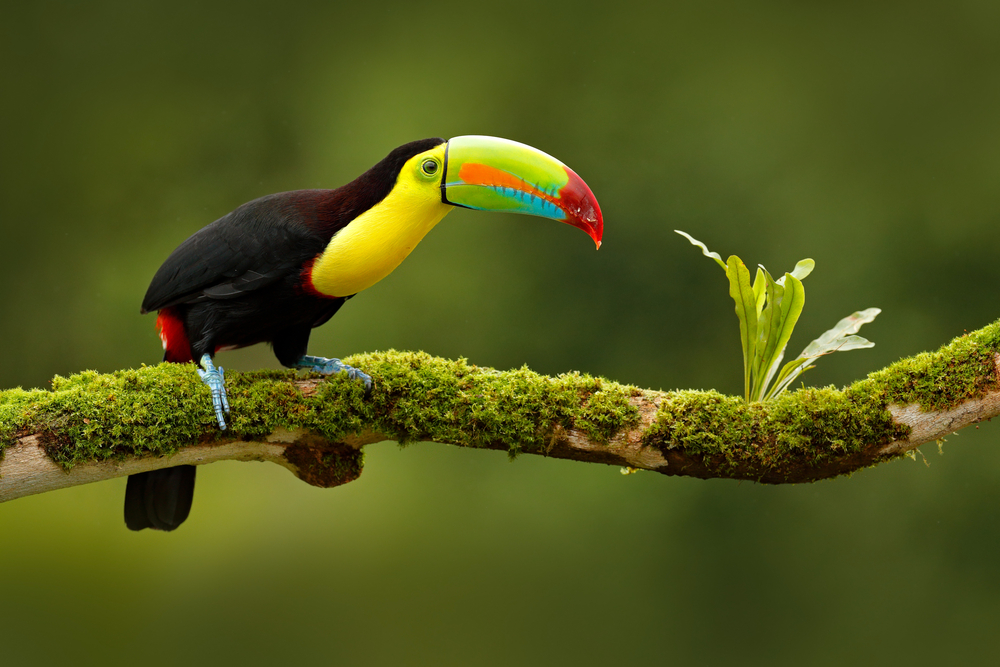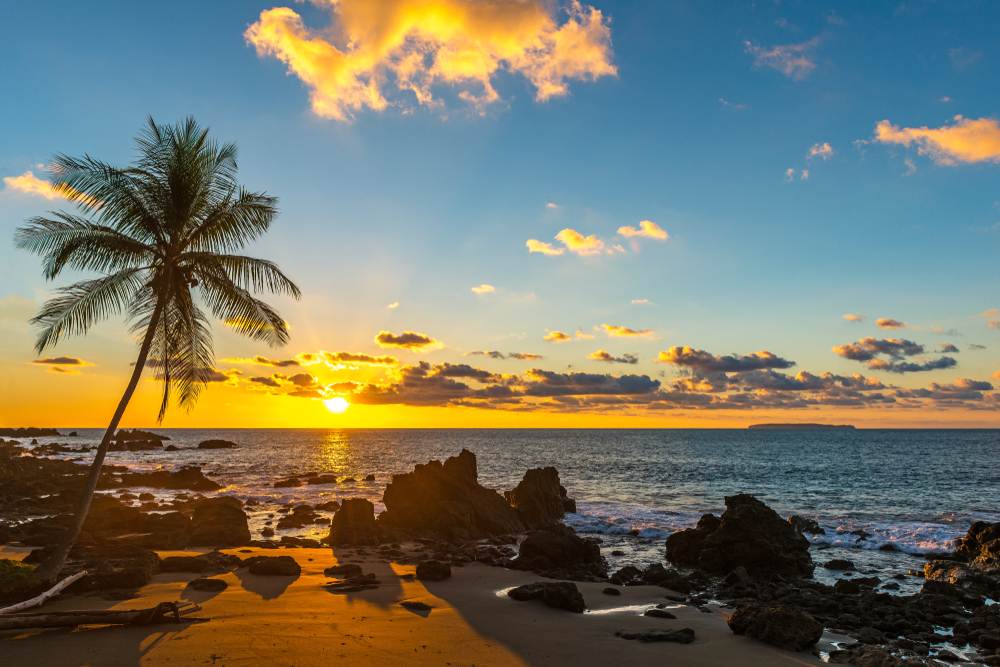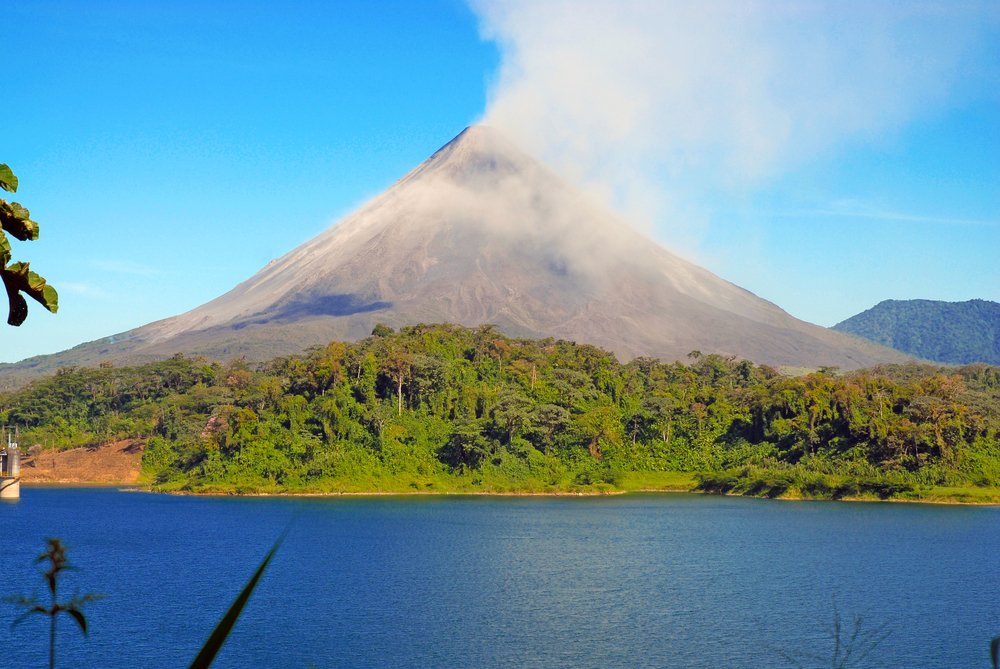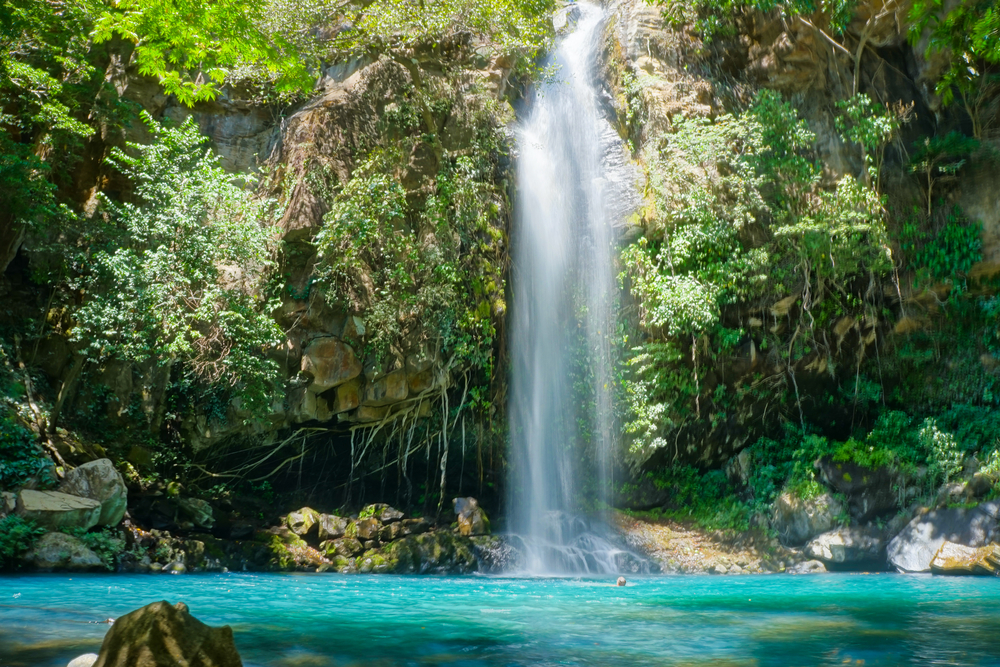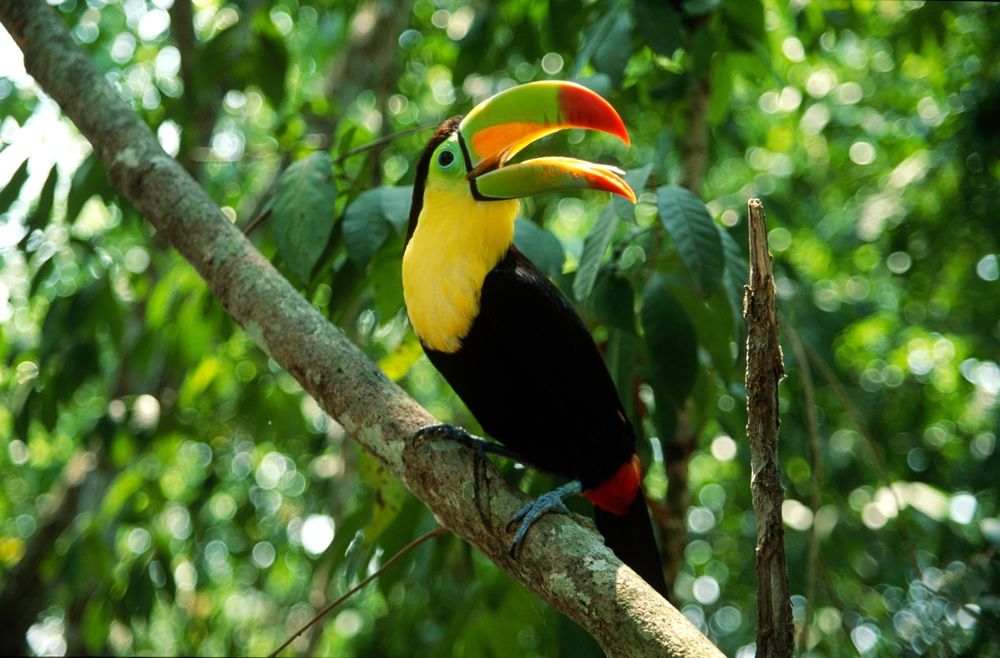Miravalles Jorge Manuel Dengo Overview
Miravalles National Park, known locally as Parque Nacional Miravalles, is a captivating natural reserve located in the Guanacaste Province of Costa Rica.
Covering approximately 30 square miles (78 square kilometers), the park offers visitors an immersive experience in one of the country’s most striking landscapes. Set against a backdrop of rolling hills and volcanic formations, this park is celebrated for its rich blend of natural beauty and cultural heritage, inviting travelers to explore both its serene valleys and dramatic highlands.
The terrain within the park is diverse and dramatic, shaped by its volcanic origins. At the heart of the park stands the majestic Miravalles Volcano, whose rugged slopes are interspersed with deep craters and steaming fumaroles. Along the winding trails, visitors encounter hidden waterfalls such as Cascada del Agua, where the sound of rushing water complements the cool mist in the tropical air.
The landscape is further enriched by patches of dense forest and open grasslands, where native flora such as towering ceiba trees and delicate orchids thrive amidst a climate that ranges from warm and humid to refreshingly cool at higher elevations.
Wildlife in Miravalles National Park is as vibrant and varied as the terrain itself. The park is home to numerous mammal species, including agile white-faced capuchins and the resonant calls of mantled howler monkeys echoing through the trees. In quieter clearings, visitors may spot deer gracefully moving through the underbrush or even catch a glimpse of the elusive jaguarundi.
Bird enthusiasts will delight in the variety of species that call the park home, from colorful toucans and scarlet macaws to numerous species of hummingbirds and tropical trogons that flit between the branches, adding splashes of color and life to the verdant canopy.
Visitors to Miravalles National Park have a wide range of engaging experiences to choose from. Well-marked hiking trails wind through diverse ecosystems, offering both leisurely walks and challenging treks that reveal breathtaking viewpoints of volcanic landscapes and sweeping valleys.
Guided tours provide insights into the park’s unique geothermal activity and ecological significance, while bird watching and wildlife photography opportunities abound for those eager to capture the natural splendor on camera. Educational programs and community-led conservation workshops further invite visitors to learn about sustainable tourism and the vital efforts to preserve the park’s delicate ecosystems.
Despite its natural splendor, Miravalles National Park faces several conservation challenges. Invasive species and the impacts of climate change pose ongoing threats to its fragile ecosystems.
However, the park’s management has made significant strides through robust reforestation projects, wildlife monitoring, and community engagement initiatives that foster sustainable tourism practices. These conservation efforts have not only helped to restore native vegetation and protect endangered species but have also strengthened local support for preserving this ecological treasure.
Miravalles National Park stands as a testament to the harmonious balance between nature and human stewardship, where challenges are met with innovative solutions and a deep respect for the environment.








































































